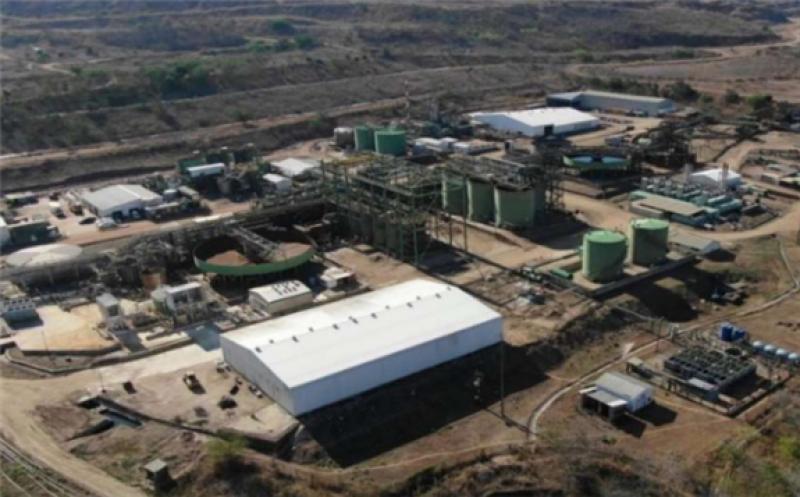Australian-based exploration company Lotus Resources Ltd has completed the acquisition of the Kayelekera Uranium Mine in Malawi from Paladin Energy. The mine produced 10.9 million pounds of uranium (4193 tU) from 2009 to 2014 but has been on care and maintenance since then.
Kayelekera (Image: Lotus)
Paladin said on 13 March it had completed the sale of its 85% interest in Paladin (Africa) Ltd to Lotus Resources (65%) and Lily Resources Pty Ltd (20%). Lotus - formerly Hylea Metals Limited - holds 76.5% of the shares in Lily with Kayelekera Resources Pty Ltd holding 23.5%, giving Kayelekera Resources Pty Ltd an indirect 20% interest in the Kayelekera project. The remaining 15% of shares in Paladin (Africa) Ltd are held by the Malawi government.
Paladin is to receive AUD5 million (USD3.1 million), made up of AUD200,000 in cash and AUD4.8 million in Lotus Resources Limited shares - AUD1.8 million on completion and AUD3 million on the third anniversary of completion of the transaction. It will also receive a 3.5% royalty based on revenues derived from future production at Kayelekera, capped at AUD5 million. Paladin will pay Lotus USD2 million to fund planned site restoration including water treatment. This is in recognition of recent record rainfall at the Kayelekera operations, Paladin said.
Paladin CEO Ian Purdy said the sale would deliver significant financial benefits to the company. "We can now prioritise our efforts and resources on maximising the value of our world class Langer Heinrich operation," he said. "We are also pleased to be a major shareholder of Lotus Resources Limited and look forward to their future success in adding value to the Kayelekera mine in Malawi."
Paladin permitted, constructed, commissioned and operated the open pit mine at Kayelekera until it was placed on care and maintenance due to consistently low uranium spot prices. The mine has 31 million pounds U3O8 of remaining resources. It has a 75% stake in the Langer Heinrich uranium mine in Namibia, where production was suspended in 2018 on to low uranium prices. That mine could return to production within 12 months of a restart decision and favourable market conditions, the company said last October, following completion of a restart pre-feasibility study.
